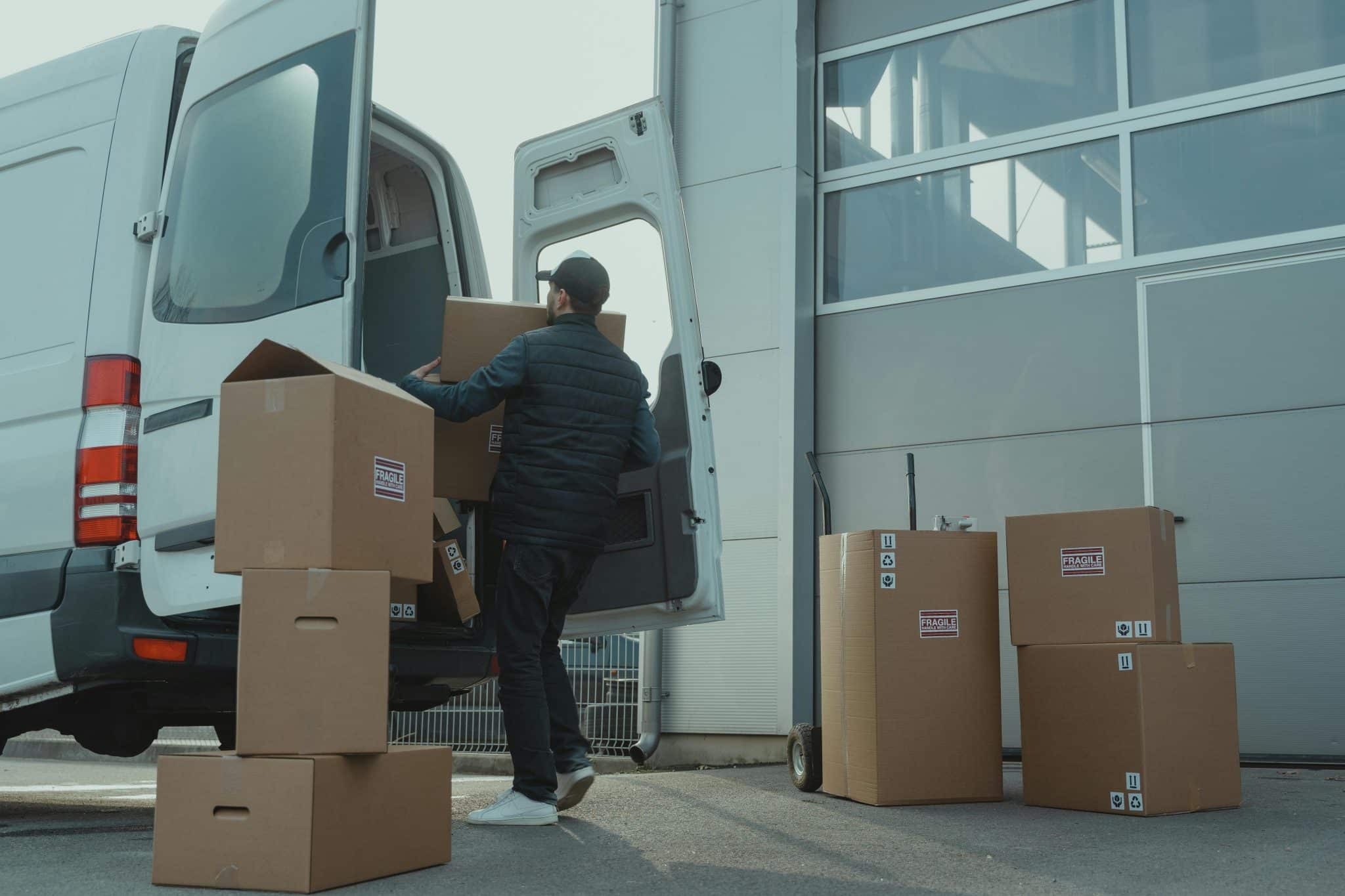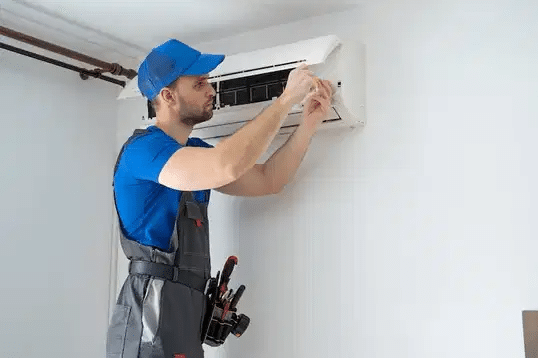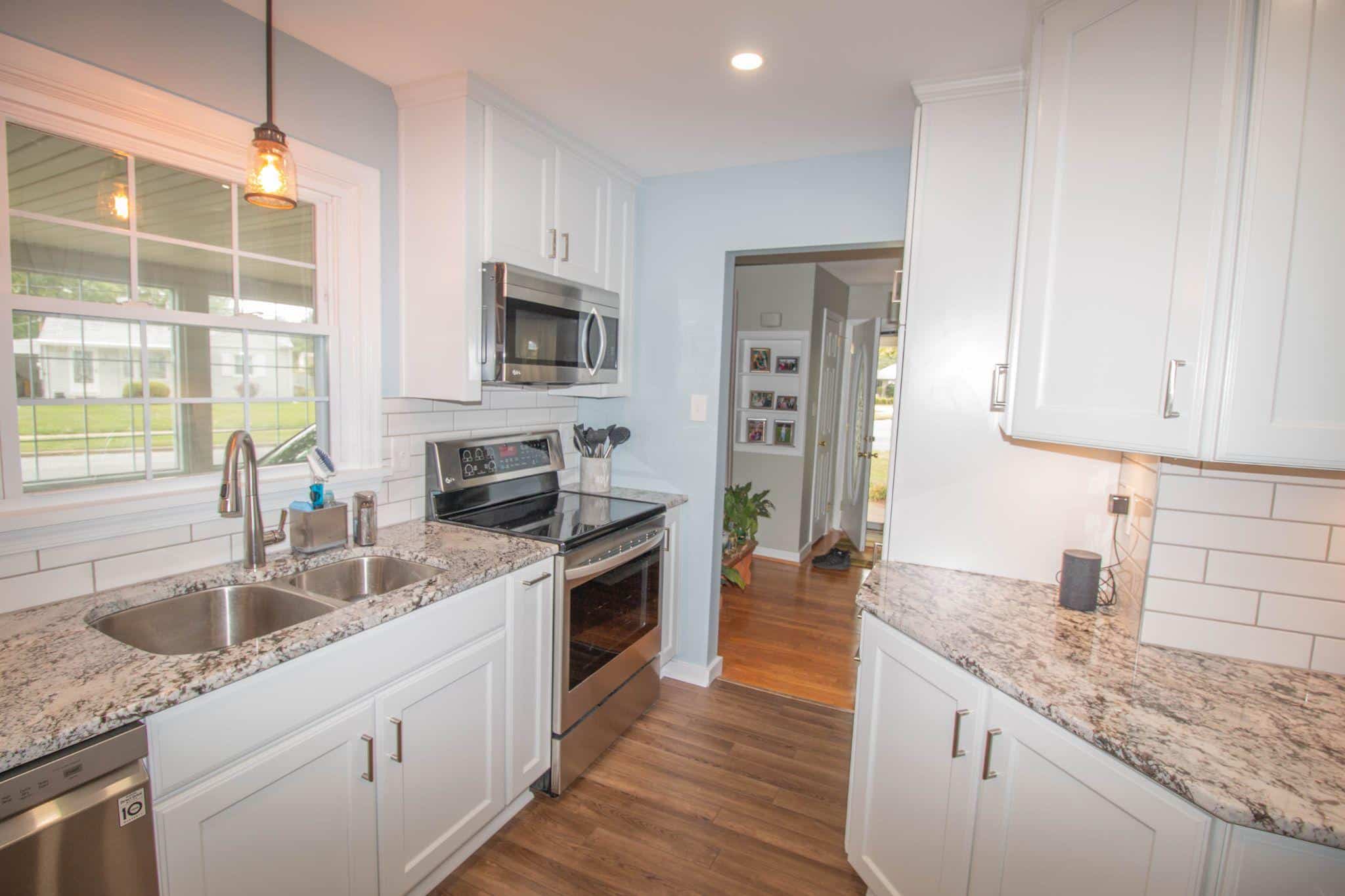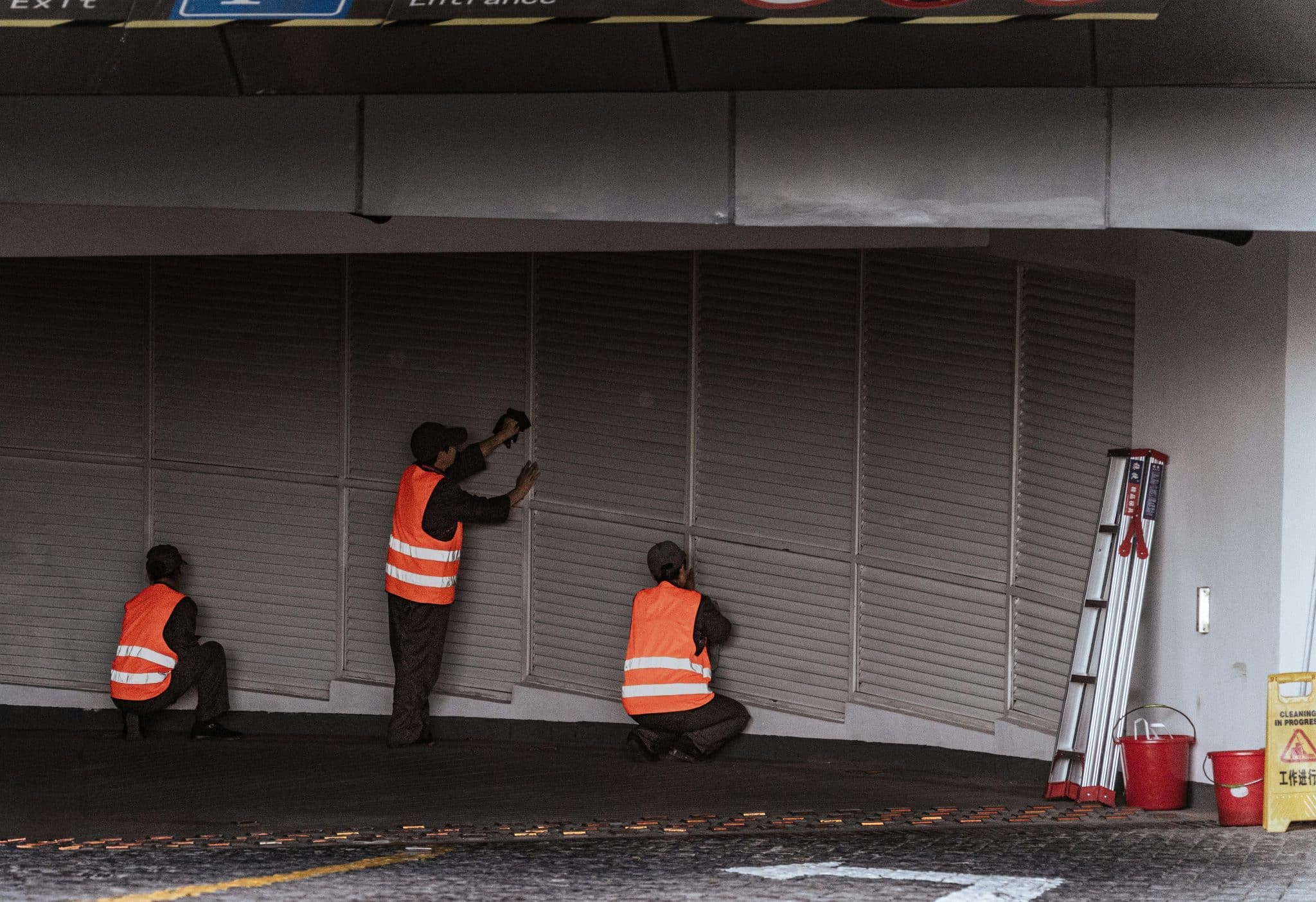A sparkling, well-maintained pool is the centerpiece of any backyard oasis. However, keeping your pool in pristine condition requires more than just skimming leaves and adding chlorine. Proper pool care involves a combination of water chemistry management, regular cleaning, and equipment maintenance.
Whether you’re a new pool owner or looking to refine your maintenance routine, this comprehensive guide covers everything you need to know—from essential pool supplies to expert troubleshooting tips.
1. Mastering Pool Water Chemistry
Balanced water is the foundation of pool maintenance. Improper chemical levels can lead to algae growth, cloudy water, and even damage to your pool’s surface and equipment.
Essential Pool Chemicals & Their Roles
- Chlorine (1–3 ppm) – Primary sanitizer that kills bacteria and algae.
- Types: Liquid, tablets, granules, or saltwater chlorine generators.
- pH (7.4–7.6) – Affects chlorine efficiency and swimmer comfort.
- Too high (alkaline): Scale buildup, cloudy water.
- Too low (acidic): Corrodes metal parts, irritates skin.
- Total Alkalinity (80–120 ppm) – Stabilizes pH levels.
- Calcium Hardness (200–400 ppm) – Prevents plaster damage (too low) or scaling (too high).
- Cyanuric Acid (30–50 ppm) – Protects chlorine from UV degradation (for outdoor pools).
- Algaecide – Prevents algae blooms (use weekly as a preventative).
- Shock Treatment – Super-chlorinates water to eliminate contaminants (use weekly or after heavy use).
Testing & Adjusting Water Chemistry
- Test water 2–3 times per week with test strips or a digital tester.
- Adjust chemicals in this order:
- Alkalinity → 2. pH → 3. Calcium Hardness → 4. Sanitizer levels.
- Store chemicals in a cool, dry place away from direct sunlight.
2. Daily & Weekly Cleaning Routine
Even with perfect chemistry, debris and dirt can accumulate, leading to stains and filtration issues.
Daily Maintenance
- Skim leaves & debris with a net.
- Check pump basket for clogs.
- Run the filtration system for 8–12 hours per day (longer in summer).
Weekly Maintenance
- Brush walls & floor to prevent algae buildup.
- Vacuum manually or with an automatic cleaner.
- Backwash the filter (if using a sand or DE filter).
- Clean the pool tile line to remove calcium deposits.
3. Essential Pool Supplies for Maintenance
Stocking up on the right tools ensures smooth upkeep.
Must-Have Pool Supplies
- Test kit or digital water analyzer
- Leaf skimmer & telescopic pole
- Pool brush (nylon for plaster, stainless for concrete)
- Pool vacuum (manual or robotic)
- Chemical dispenser (floating or inline chlorinator)
- Pool cover (to reduce evaporation & debris)
Optional But Helpful Tools
- Automatic pool cleaner (suction, pressure, or robotic)
- Solar blanket reel (for easy cover removal)
- Winterizing kit (for cold-climate pool owners)
4. Maintaining Pool Equipment
Your pool’s machinery keeps water clean and circulating. Neglecting equipment can lead to costly repairs.
Pump & Filter Care
- Clean pump basket weekly to maintain water flow.
- Backwash sand/DE filters when pressure rises 8–10 psi above normal.
- Replace cartridge filters annually or when visibly worn.
- Lubricate O-rings annually with silicone grease.
Heater Maintenance
- Flush out debris from the heater yearly.
- Check for calcium buildup in heat exchangers.
- Schedule professional servicing every 2–3 years.
Saltwater System Upkeep
- Inspect salt cell every 3 months for scaling.
- Clean cell with diluted muriatic acid if buildup occurs.
- Test salt levels monthly (ideal range: 2,700–3,400 ppm).
5. Seasonal Pool Care Tips
Summer (Peak Season)
- Increase filtration time (up to 12 hours/day).
- Shock weekly due to higher swimmer loads.
- Check chlorine more frequently (sunlight degrades it faster).
Fall (Prep for Winter)
- Remove leaves daily to prevent staining.
- Balance water chemistry before closing.
- Lower water level below skimmer (for cold climates).
Winter (For Open Pools in Mild Climates)
- Run the pump during freezing temps to prevent ice damage.
- Use a pool cover to minimize debris.
Spring (Reopening)
- Remove & clean the cover carefully.
- Test & rebalance water.
- Prime the pump before restarting the system.
6. Troubleshooting Common Pool Problems
|
Issue |
Likely Cause |
Solution |
|---|---|---|
|
Green water |
Algae bloom |
Shock + brush + algaecide |
|
Cloudy water |
Poor filtration or imbalanced pH |
Backwash filter, adjust chemicals |
|
Chlorine smell |
Chloramines (combined chlorine) |
Shock the pool |
|
Itchy skin/eyes |
High chlorine or imbalanced pH |
Test & adjust pH/chlorine |
|
Staining |
Metals (iron, copper) |
Use a metal sequestrant |
7. When to Call a Professional
While many tasks are DIY-friendly, some require expert help:
- Persistent leaks in the pool structure or plumbing.
- Electrical issues with pumps or lighting.
- Major equipment repairs (pump motor failure, heater malfunctions).
- Plaster resurfacing or tile replacement.
Conclusion
Proper pool care is a blend of consistent maintenance, the right pool supplies, and proactive problem-solving. By mastering water chemistry, sticking to a cleaning schedule, and keeping equipment in top shape, you’ll enjoy a crystal-clear pool with minimal headaches.








